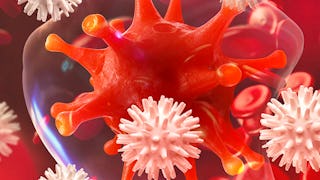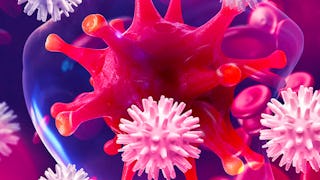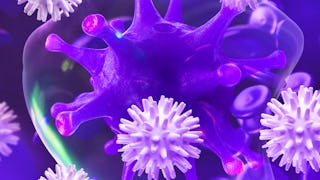Course 2 is a four-course specialization called Fundamentals of Immunology. Each course in the specialization presents material that builds on the previous course's material.
This is the second half of the journey through the defenses your body uses to keep you healthy. In the first part we learned about innate immunity and B cell function. The second part covers T cell function and coordination of the immune response. Fundamentals of Immunology: Complement, MHC I and II, T Cells, and Cytokines builds on the first course to describe the functions of Complement, MHC presentation to T cells, T cell development and signaling. The early lectures survey cells, tissues and organs using metaphors, cartoons and models to improve understanding and retention. This course includes the structure of both MHC proteins and T cell receptors and the sources of variation. The course provides animations of gene rearrangement, developmental processes and signal cascades. Testing employs multiple choice questions testing facts, concepts, and application of principles. Questions may refer to diagrams, drawing and photographs used in lecture and reproduced in the outline. What You’ll Learn: How complement uses adaptive and innate triggers to target pathogens. The detailed structure and coding of MHC proteins and both alpha-beta and gamma delta receptors and how these proteins interact to initiate an adaptive immune response. The basics of signaling, and the varieties of external receipt and internal activation pathways. We bine the process of putting together how signals and crosstalk control the activity of the immune system.





















